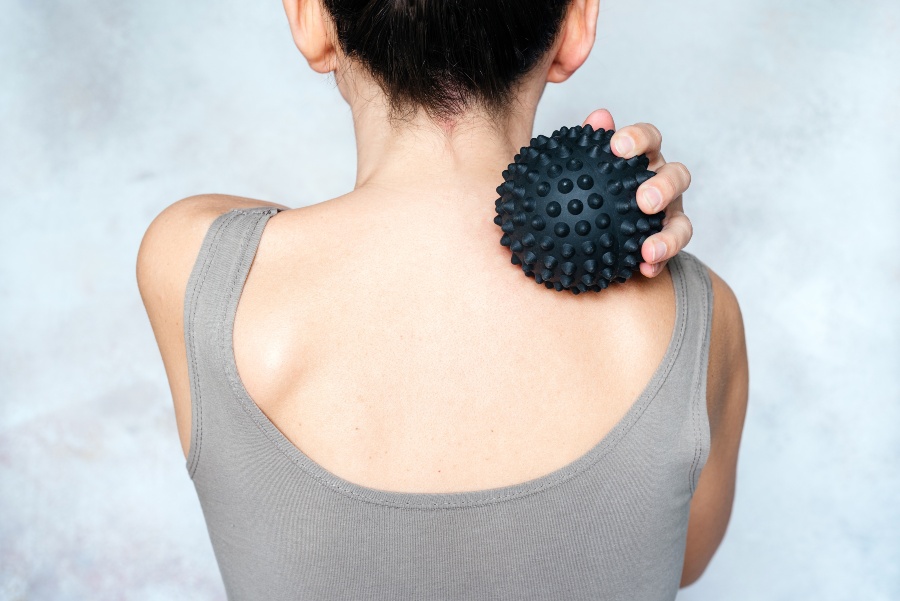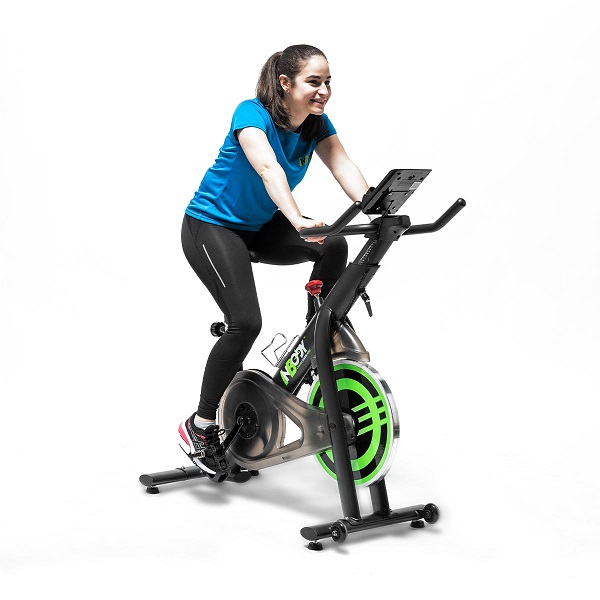
HOW TO MANAGE SHOES: PAIN RELIEVING TIPS
Do you want to know how to control shoelaces? Perhaps these become too annoying and you are looking for a solution to reduce them. Surely you have ever felt that strong muscle pain after intense exercise. That pain is called soreness, and it's very common in those starting a new exercise routine or increasing the intensity of their training.
In this post we talk about shoelaces and how you can control them. Do not miss it!
WHAT ARE HOLES?
Muscle pain is muscle pain that occurs after physical activity, especially if it is an activity that you are not used to doing or if you have increased the intensity or duration of the exercise significantly.
The shoelaces are generated by intense physical effort and the resulting muscle wasting. When you exercise, your muscles experience small injuries that need to be repaired. The soreness and stiffness you feel after exercise is a result of this repair process.
Although they can be painful, shoelaces are a sign that you're doing something right. They indicate that your muscles are working hard and that you are challenging your body. Over time, if you stick to an exercise routine, you'll adjust to new levels of activity and soreness will lessen.
Don't worry, shoelaces are a normal part of the process of exercising and testing your body. Don't be discouraged by the pain, instead take steps to help ease it and move on with your fitness goals. Your body and mind will thank you!
WHY DO THE NEEDLES APPEAR? WHEN DO THEY START TO MANIFEST?
You are probably wondering why your muscles ache after exercising. That feeling of pain in the days after an intense training session, known as soreness. But why do they appear and when do they begin to manifest themselves?
It is believed that shoelaces are caused by microtrauma to muscle fibers, which become inflamed and cause pain. These usually appear a few hours after physical activity and can last up to several days. The pain can be sharp or dull, and it can affect different muscles in the body, depending on the type of exercise performed. Although shoelaces are painful, they are actually a positive sign that you are working your muscles and improving your physical endurance.
It is important to mention that stiffness is not exclusive to sedentary people who perform intense physical activity sporadically, it can also be caused by changes in temperature or humidity in the environment, or by lack of adequate hydration during exercise.
In short, soreness is a natural reaction of the body to physical activity, and although they can be painful, they are a good sign that you are working the muscles.
HOW TO CONTROL THE LACES
Soreness can be a nuisance for many, especially after an intense workout. Fortunately, there are several ways to control pain and reduce its duration.
To relieve pain and stiffness from shoelaces, you can try: a gentle massage, applying heat or cold, gently stretching the affected muscles, or taking a warm bath. It's also important to drink plenty of water to help your body repair muscle and recover faster. Next, we tell you more details on how to control the shoelaces:
Warm up before and after exercise
It is important to warm up well before any physical activity. This increases blood circulation in the muscles and prepares the body for exertion. Also, don't forget to stretch gently after training to help your muscles recover.
Increase training intensity little by little
Another way to control stiffness is to gradually increase the intensity and duration of physical activity. Whether you're a beginner or returning to exercise after a long time, it's important to start with low-intensity exercises and gradually increase them over time. This will give your muscles a chance to adjust to the new level of activity.
Rest the muscles
Rest is also essential to avoid stiffness. It is important to allow your muscles to rest and recover after an intense workout. If you feel sore after a workout, it's a good idea to take a day or two off and avoid any strenuous physical activity until your muscles have fully recovered.
Take an adequate diet
Maintaining a balanced and well-hydrated diet can help prevent muscle aches. Foods high in protein and antioxidants, such as nuts and mushrooms, can help repair and rebuild muscle after exercise.
Controlling soreness is possible with a few simple changes to your exercise routine and lifestyle. Getting a good warm-up and stretching, gradually increasing the intensity of physical activity, taking breaks, and maintaining a balanced diet are just a few of the effective ways to help prevent and control soreness. So keep moving and don't let the pain stop you!
HOW TO REMOVE THE NEEDLES IN A LITTLE TIME?
Although shoelaces are a sign that you've worked hard, no one wants to be lying on the couch unable to move. Therefore, here we bring you some tips to relieve soreness in a short time.
Gentle stretches
Gentle stretching can relieve tension in your muscles and reduce stiffness. Spend a few minutes stretching the affected muscles, but don't overdo it. Stretching should be gentle and slow so as not to aggravate the injury.
Apply heat
Heat is a great ally to relieve soreness. You can take a hot shower or bath or use a hot water bottle. The heat helps increase blood circulation in the muscles and reduce inflammation.
Massages
Gentle massages can also help with soreness. You can use a massage cream or oil and apply it to the affected area. Gently massage the muscles, but without pressing too much, so as not to increase the pain. You can also use a foam roller or massage ball and rub it on the affected muscles.
Rest
Allow your body adequate rest to recover from physical activity. If you feel like your muscles need a break, take a day off from exercising.
Hydration
Staying hydrated is essential for muscle recovery. Drink plenty of water and avoid caffeinated or alcoholic beverages, as these can dehydrate you and make your soreness worse.
Remember that every body is different and recovery times can vary from person to person. If the pain remains or worsens, see a doctor to rule out further injury. With these tips you will be able to relieve the stiffness in a short time and return to enjoying your favorite physical activity without pain.

HOW TO CONTINUE EXERCISING WITH LACES
Do you have soreness after exercising and don't know how to continue with your routine? Don't worry! With a few simple tricks you will be able to continue exercising without the shoelaces preventing you, you should not let them stop you on your way to good physical shape.
Here are some tips to continue exercising with shoelaces:
1. Light stretching: With laces, you don't have to stop exercising completely, but it is important that you do light stretching before you start. This will help prepare your muscles for physical activity and reduce muscle tension.
2. Low intensity training: If you have soreness in a specific part of your body, you can choose to do low intensity exercises that do not involve those muscles. For example: if you have soreness in your legs, you can choose to do arm exercises.
3. Hydration: Drink enough water before, during and after training to keep your muscles hydrated. Proper hydration helps prevent soreness.
4. Active rest: Although rest is important to recover from soreness, active rest is too. Gentle walking or low-intensity exercise can help improve blood circulation and reduce pain. You can use our fitness machines, such as spinning bikes or elliptical trainers, and try low-intensity workouts so you don't strain your body.

Now that you know how to control soreness, you can continue with your exercise routine with more peace of mind. Remember that shoelaces are normal and are part of the muscle strengthening process. If you follow the advice we have given you, you will be able to continue exercising and reach your fitness goals. Don't stop for the laces!

 Español
Español Deutsch
Deutsch Italiano
Italiano Português PT
Português PT Français
Français English GB
English GB